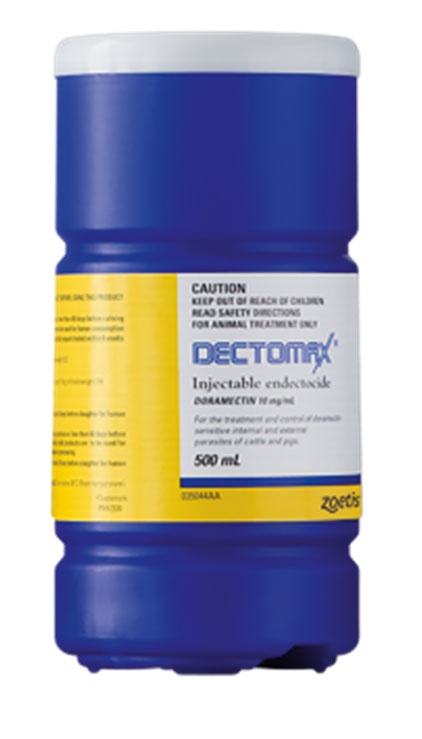
References:
1. Hay KE, Barnes TS, Morton JM, Clements AC, Mahony TJ. Risk factors for bovine respiratory disease in Australian feedlot cattle: use of a causal diagram-informed approach to estimate effects of animal mixing and movements before feedlot entry. Prev Vet Med 2014;117:160-169.
2. Fell L, Walker K, Fraser K. Reducing feedlot costs by preboosting: A tool to improve the health and adaptability of feedlot cattle - Progress report on completion of Phase 1. Meat and Livestock Australia Project DAN069 2004.
3. Cusack PM, Mahony TJ. Evaluation of practices used to reduce the incidence of BRD in Aust feedlots. Meat and Livestock Australia, Sydney, 2017.
4. Taylor LF. Outbreak of fibrinous pneumonia in recently weaned beef calves in southern Queensland. Australian Veterinary Journal 1998;76:21-24.








 A Better Way To Buy
A Better Way To Buy